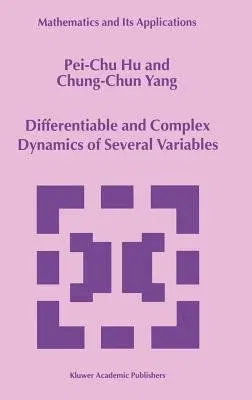Pei-Chu Hu
(Author)Differentiable and Complex Dynamics of Several Variables (1999)Hardcover - 1999, 31 July 1999

Qty
1
Turbo
Ships in 2 - 3 days
In Stock
Free Delivery
Cash on Delivery
15 Days
Free Returns
Secure Checkout

Part of Series
Mathematics and Its Applications
Part of Series
Mathematics & Its Applications (Numbered Hardcover)
Part of Series
Mathematics and Its Applications (Closed)
Print Length
342 pages
Language
English
Publisher
Springer
Date Published
31 Jul 1999
ISBN-10
079235771X
ISBN-13
9780792357711
Description
Product Details
Authors:
Book Edition:
1999
Book Format:
Hardcover
Country of Origin:
US
Date Published:
31 July 1999
Dimensions:
23.39 x
15.6 x
2.06 cm
ISBN-10:
079235771X
ISBN-13:
9780792357711
Language:
English
Location:
Dordrecht
Pages:
342
Publisher:
Series:
Weight:
680.39 gm